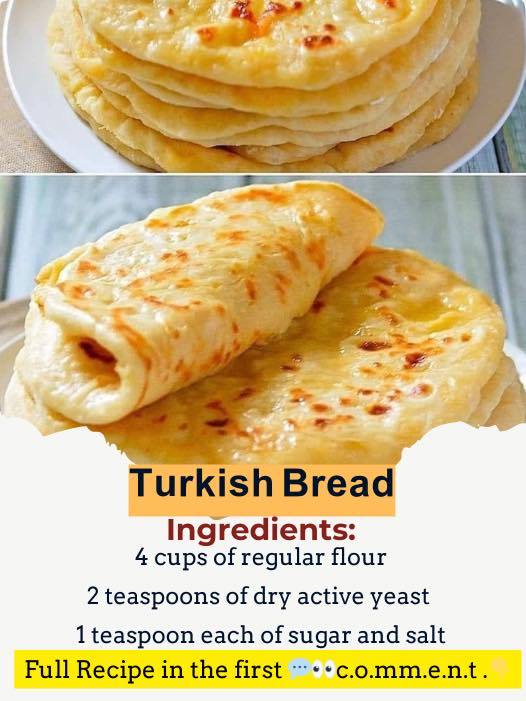Preparing the Dough
- Activate the Yeast: In a small bowl, combine the lukewarm water, sugar, and active dry yeast. Stir gently and let it sit for about 5-10 minutes until it becomes frothy. This indicates that the yeast is active.
- Combine Dry Ingredients: In a large mixing bowl, combine the flour and salt. Make a well in the center.
- Mix Wet Ingredients: Pour the activated yeast mixture and olive oil into the well of the dry ingredients.
- Form the Dough: Mix until a dough begins to form. Transfer the dough onto a floured surface and knead for about 8-10 minutes until it becomes smooth and elastic. If the dough is too sticky, add a little more flour as needed.
- First Rise: Place the dough in a lightly oiled bowl, cover it with a damp cloth or plastic wrap, and let it rise in a warm place for about 1-1.5 hours, or until it has doubled in size.
Shaping and Baking
- Preheat the Oven: Preheat your oven to 450°F (230°C). Place a baking stone or a heavy baking sheet in the oven to heat up.
- Shape the Dough: Punch down the risen dough and divide it into two equal parts. Shape each part into a ball, then flatten each ball into an oval or round shape, about 1/4 inch thick. Traditionally, Pide is oval and slightly elongated.
- Second Rise: Place the shaped dough on parchment paper and let it rise for another 15-20 minutes.
- Egg Wash and Seeds: Brush the top of each Pide with beaten egg yolk and sprinkle with sesame seeds or nigella seeds.
- Bake: Carefully transfer the parchment paper with the dough onto the preheated baking stone or baking sheet. Bake for about 10-12 minutes, or until the bread is golden brown and cooked through.
- Cool: Remove the Pide from the oven and let it cool slightly on a wire rack before serving.
Serving Suggestions
Turkish Pide can be enjoyed in various ways:
- Plain: Serve warm with butter or olive oil for dipping.
- Topped: Add toppings such as cheese, minced meat, or vegetables before baking for a more substantial meal.
- Accompaniment: Use it to scoop up dips like hummus, baba ganoush, or tzatziki.
- Sandwiches: Slice the bread horizontally and fill it with your favorite sandwich ingredients.
Nutritional Information
Here’s an approximate nutritional breakdown for one serving (one-fourth of a Pide loaf):
- Calories: 150-180
- Protein: 5-6 grams
- Carbohydrates: 25-30 grams
- Fat: 3-4 grams (mostly from olive oil)
- Fiber: 1-2 grams
- Vitamins and Minerals: Provides small amounts of iron, calcium, and B vitamins.
Tips for Perfect Turkish Bread
- Proper Kneading: Knead the dough thoroughly to develop gluten, which gives the bread its chewy texture.
- Warm Environment: Let the dough rise in a warm place to ensure proper fermentation. If your kitchen is cold, you can place the dough in an oven with the light on.
- Preheated Stone: Using a preheated baking stone or heavy baking sheet helps achieve a crisp crust.
- Steam: To create a steamy environment in the oven, place a small pan of water on the bottom rack while baking.
- Monitor Baking Time: Keep an eye on the bread towards the end of the baking time to prevent over-browning.
Variations and Substitutions
Different Types of Flour
- Whole Wheat: Substitute half of the all-purpose flour with whole wheat flour for added fiber and nutrients.
- Gluten-Free: Use a gluten-free flour blend to make a gluten-free version of Pide.
Flavor Enhancements
- Herbs and Spices: Add dried herbs like oregano, thyme, or rosemary to the dough for extra flavor.
- Garlic: Mix minced garlic into the dough or brush garlic-infused olive oil on top before baking.
Toppings and Fillings
- Cheese: Top the dough with feta, mozzarella, or a Turkish cheese like beyaz peynir before baking.
- Vegetables: Add sautéed spinach, bell peppers, or onions for a veggie-packed version.
- Meat: Include cooked ground beef or lamb seasoned with spices for a hearty filling.
Conclusion
Turkish Pide is a delightful bread that brings the rich flavors and traditions of Turkish cuisine to your table. This guide has provided you with all the steps and tips needed to create this delicious bread at home. Whether enjoyed plain, topped, or filled, Pide is sure to become a favorite in your bread-making repertoire.
Key Takeaway
Turkish Pide is a versatile, flavorful bread that embodies the essence of Turkish cuisine. With its soft texture, crisp crust, and endless possibilities for toppings and fillings, it’s a perfect addition to any meal. Enjoy the process of making this traditional bread and savor the delicious results with family and friends. Happy baking!
